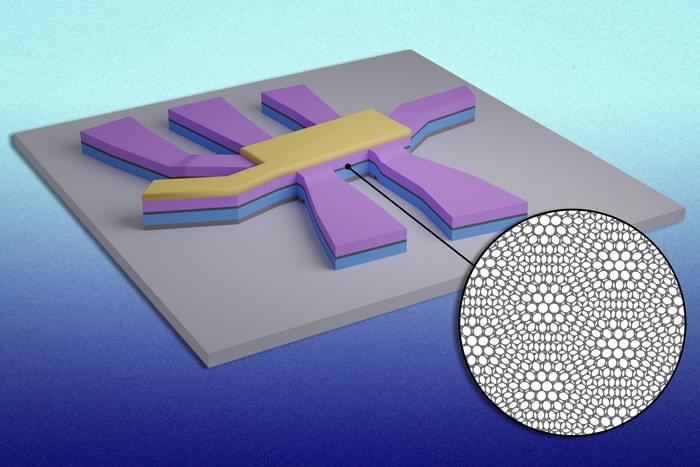Feb 24, 2023
Nvidia adds $79 billion in market value after CEO Jensen Huang says ChatGPT represents an inflection point for artificial intelligence
Posted by Genevieve Klien in categories: robotics/AI, security, supercomputing
But the computing power necessary for a company to adopt in-house AI capabilities is enormous, and that’s where Nvidia’s new service offering comes in. Dubbed “DGX Cloud,” Nvidia is offering an AI supercomputer accessible to its customers via a web browser. The company partnered with various cloud providers, including Microsoft, Google, and Oracle, to launch the service.
“Nvidia AI as a service offers enterprises easy access to the world’s most advanced AI platform, while remaining close to the storage, networking, security and cloud services offered by the world’s most advanced clouds,” Huang explained.
“Nvidia AI is essentially the operating system of AI systems today,” Huang also said.


















